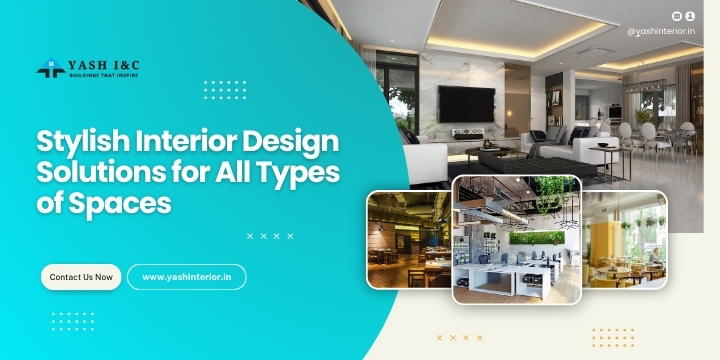
Stylish Interior Design Solutions for All Types of Spaces
Interior design is an essential part of creating spaces that are not only functional but also aesthetically pleasing. Whether it’s a home, office, restaurant, or any specialized space, a well-thought-out design can enhance both the experience and productivity of its occupants. In this article, we’ll explore different interior design strategies for a wide array of spaces, ranging from homes and offices to clinics, gyms, and even retail stores, incorporating key focus keywords.
Turnkey Home Interior Design
Home interiors should reflect personal taste while providing comfort. Popular styles like modern, contemporary, and traditional interior design are often used to create beautiful yet practical living spaces. Designing a home also involves choosing the right furniture and ensuring the best use of available space, such as in a living room, bedroom, kitchen, or dining area.
For those living in condominiums, serviced apartments, or Airbnb properties, interior design can play a crucial role in maximizing small spaces and creating a cozy atmosphere.
Turnkey Office Interior Design
The design of an office is key to employee productivity and client impressions. Open office layouts, private cubicles, co-working spaces, and conference rooms require attention to both ergonomics and aesthetics. Modern offices often blend functionality with creativity, as seen in start-up offices, IT offices, advertising agencies, and architect’s offices.
A well-designed reception area or waiting room offers a welcoming atmosphere for visitors, while a thoughtful layout for call centers, financial institutions, and government offices promotes efficient workflow.
Turnkey Restaurant and Bar Interior Design
In the hospitality industry, restaurant interior design is vital to creating the right ambiance for diners. Whether it’s a cafeteria, bar, lounge, or club, the interior should align with the theme of the place. Fine dining restaurants, for instance, often opt for elegant and luxurious interiors, while cafés tend to have cozy and casual setups.
Bars and clubs require vibrant and dynamic designs that set the mood, combining lighting, seating, and music to create an energetic vibe.
Turnkey Gym, Spa, and Fitness Studio Interior Design
Health and wellness spaces like gyms, spas, fitness studios, and yoga studios benefit from clean, modern designs that promote relaxation and focus. These spaces should feel open, airy, and comfortable, making use of natural light where possible. Special attention should also be given to the layout to ensure functionality in areas like workout zones, massage rooms, and waiting areas.
Turnkey Hotel, Resort, and Holiday Home Interior Design
When designing for the hospitality sector, such as hotels, resorts, or holiday homes, it’s important to create environments that offer both comfort and luxury. Guests expect a balance between practical design and high-end finishes. Lobby designs and guest rooms play a huge role in shaping the guest’s experience, while outdoor spaces, such as a swimming pool area, need to evoke a sense of relaxation and indulgence.
Turnkey Retail and Showroom Interior Design
In retail, first impressions are everything. The interior design of boutiques, showrooms, supermarkets, and malls must appeal to the target audience while highlighting products effectively. For example, boutiques often go for chic and minimalistic designs, while supermarkets focus on functionality and ease of movement.
Showrooms for cars, furniture, or electronics require spacious designs that allow customers to interact with the products in an immersive setting.
Turnkey Clinic and Hospital Interior Design
Healthcare facilities like clinics, hospitals, dentist offices, and rehabilitation centers require design that promotes calmness and hygiene. Medical centers should have clear layouts to facilitate patient movement, and reception areas must be welcoming to reduce anxiety. Design elements in healthcare spaces should prioritize cleanliness and comfort, with soothing color palettes to make patients feel at ease.
Turnkey Educational and Creative Spaces
Classrooms, libraries, laboratories, and museums all demand thoughtful interior design that fosters learning and creativity. Auditoriums, theaters, and cinemas benefit from acoustically efficient layouts, while spaces like art galleries and science centers need flexibility in their design to accommodate various exhibits and installations.
Creative spaces, such as recording studios, photography studios, and design studios, require functional layouts that foster innovation while ensuring comfort.
Turnkey Public Spaces and Leisure Areas
Public spaces like airports, churches, temples, mosques, community centers, and government offices are designed to accommodate a large number of people, often needing clear navigation and functionality. Airport lounges, for instance, need to balance luxury and practicality to serve travelers efficiently.
Leisure spaces such as amusement parks, zoos, aquariums, and sports arenas require designs that are fun, engaging, and functional, ensuring smooth flow for visitors while enhancing their overall experience.
Turnkey Specialized Commercial Spaces
Industries like manufacturing, logistics, and media have unique design needs. Warehouses, factories, industrial workspaces, and manufacturing facilities prioritize functionality, safety, and space optimization. On the other hand, media-centric spaces like production studios, advertising agencies, and marketing offices demand creative, open layouts that stimulate innovation and collaboration.
Conclusion
Every type of space, whether it’s a home, office, restaurant, or clinic, benefits from thoughtful interior design. From creating warm and inviting lobbies in hotels to designing functional and stylish co-working spaces, a well-planned interior can enhance productivity, comfort, and overall ambiance. No matter the size or type of project, investing in interior design services helps ensure a space is both beautiful and functional.
Incorporating elements from modern architecture to luxury interiors, interior designers work across various industries to bring out the best in each space, enhancing both aesthetics and functionality for clients and users alike.
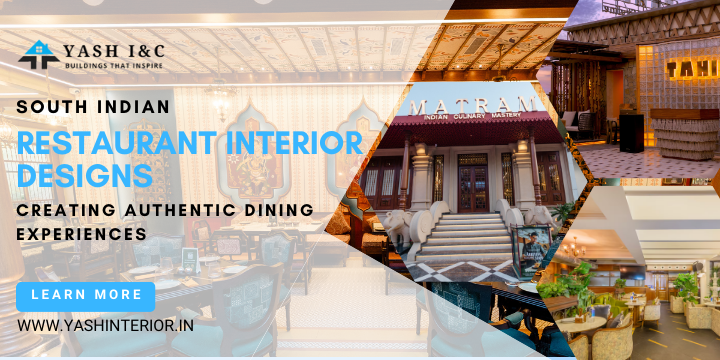
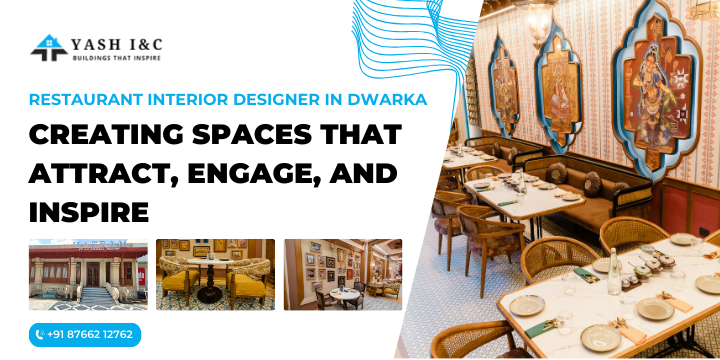
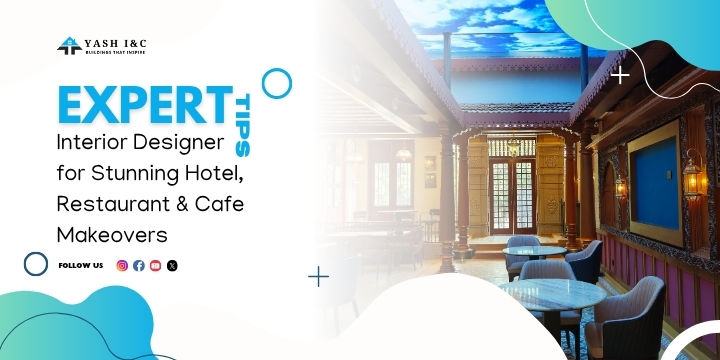
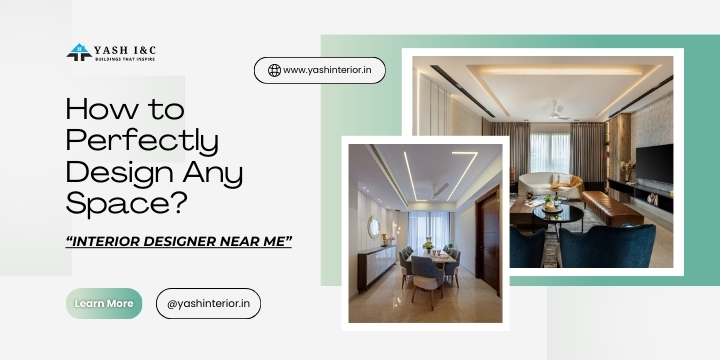


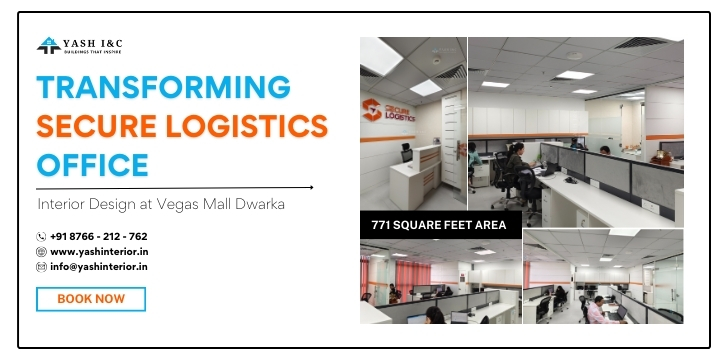
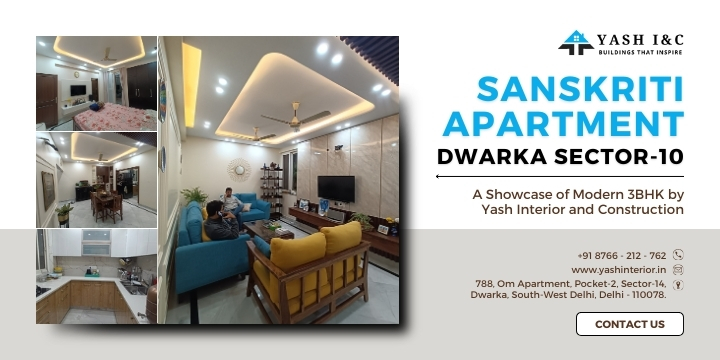
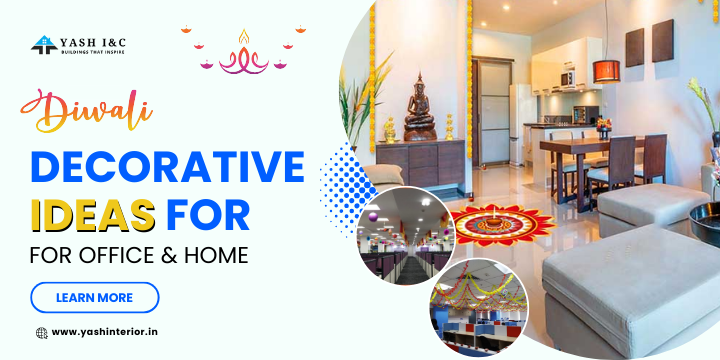
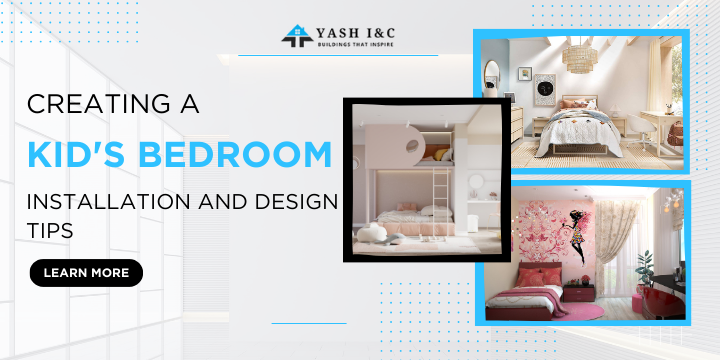
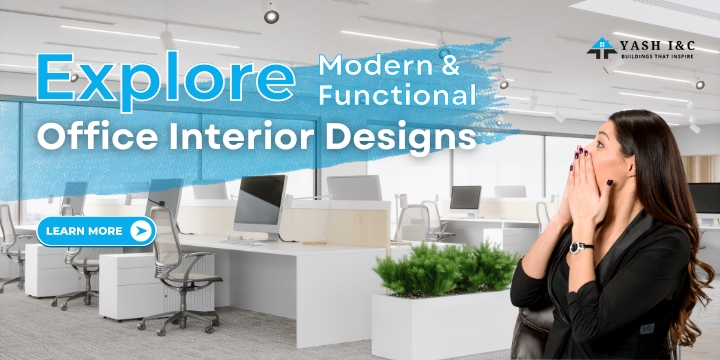
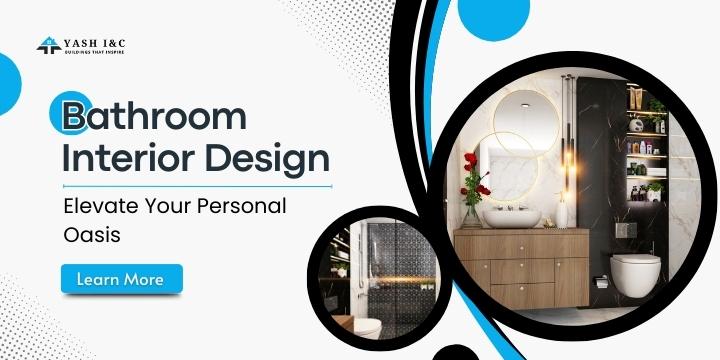
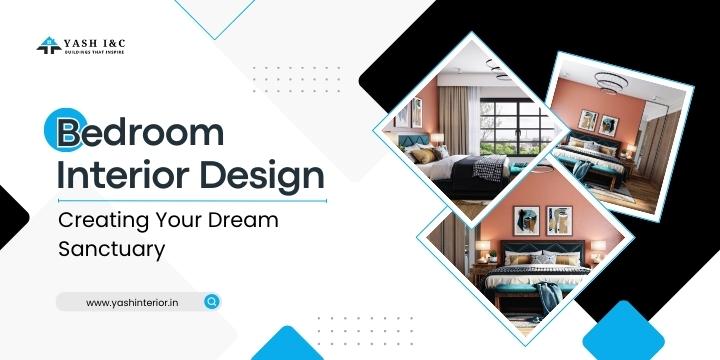
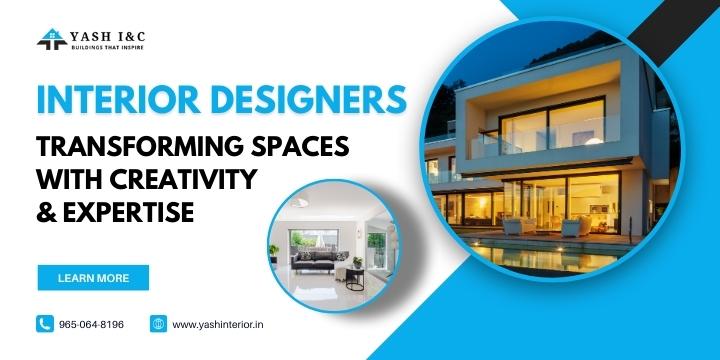

 Fill Out Your Details Below!
Fill Out Your Details Below!